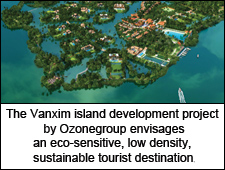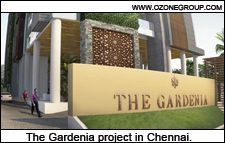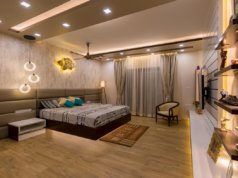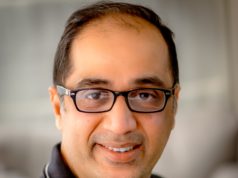 — Shreekant P. Shastry, Vice President – Strategy and Business Development, Ozonegroup
— Shreekant P. Shastry, Vice President – Strategy and Business Development, Ozonegroup
Ozonegroup is a south-based real estate company that builds residential condominiums, row houses, villas and serviced apartments, hotels, resorts and spas, business parks and SEZs, integrated townships, and retail malls. The company is currently implementing projects in Bengaluru, Chennai and Goa. Shreekant P. Shastry discusses sustainable building models in construction in an interview with Renu Rajaram.
What is your outlook on green buildings with respect to water conservation and management?
Sustainability is the need of the hour, especially with regard to resource conservation. Freshwater is a scarce commodity and conserving it should be the prime focus of each individual. Here we would recommend 100 per cent recycling and reuse of water. Ozonegroup feels that all projects should have zero effluent discharge.
Reduction in amount of fossil fuel used should also be an important focus area. The philosophy is that whatever fossil fuel we consume now results in denial of those resources for future generations. Ozonegroup feels that all projects should have at least 20 per cent of its energy requirements with green energy.
 What is your view on sustainable building models considering large-scale projects like SEZ?
What is your view on sustainable building models considering large-scale projects like SEZ?
Large format projects have huge requirements of natural resources and energy. The advantage here is that you have all industries operating in one location which gives an advantage for optimal planning and reduction in wastages. The common effluent treatment and recycling of treated wastewater systems, district cooling systems, pooled transportation systems and integrated housing as part common services of SEZ are prime examples of efficient usage of energy and resources.
Can you discuss the various measures to save resources in buildings?
All our residential projects have the following measures:
- While designing buildings we ensure ample sunlight and airy fenestrations to ensure minimal energy consumption for each dwelling unit.
- We provide motion sensor actuated lights in common areas.
- Twenty per cent of lighting, especially street lighting, for common areas is met by using solar power.
- We provide solar water heating systems in the top floors of our apartment complexes which reduce consumption of power for heating water.
 How can the existing building be made more energy efficient?
How can the existing building be made more energy efficient?
The energy efficiencies of existing buildings can be improved by a holistic and systematic approach as detailed in the steps below:
- Each occupant of the building shall be made aware of the importance of energy conservation.
- A professional energy audit shall be conducted which clearly identifies the energy wastages, energy consumption reduction opportunities available with innovative use of technologies.
- Important metrics of energy use shall be measured and compared against a green building. E.g. in a commercial building the consumption of power per person per day shall be compared against a green building
- These recommendations have to be reviewed by the decision makers
- A long-term energy conservation plan which details the energy saving measures to be formulated.
- Sufficient funding to be made available.
- The plan will be monitored meticulously for ensuring effective implementation.
Tell us about your ‘green’ rated projects and various ‘green’ measures observed in your projects?
We have registered for IGBC Green rating for our project, The Gardenia, in Chennai. By default we ensure that the following green measures are incorporated in all our projects: 100 per cent recycling of wastewater, energy efficient fixtures, and use of solar power in street lighting.











